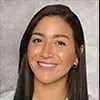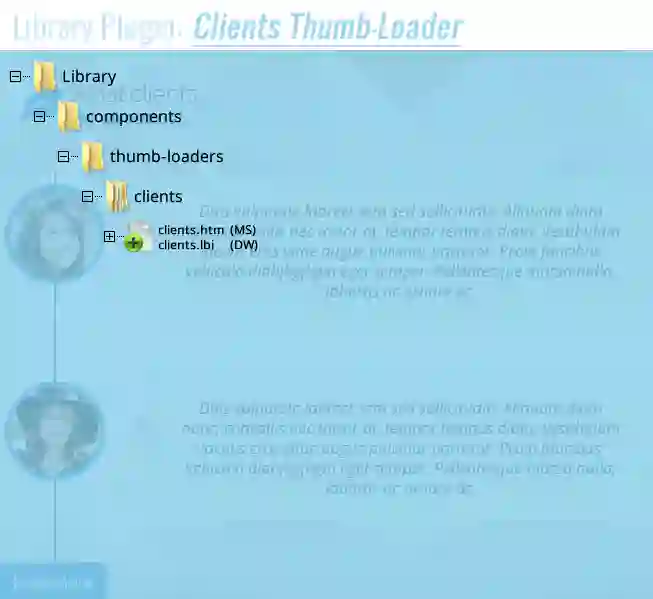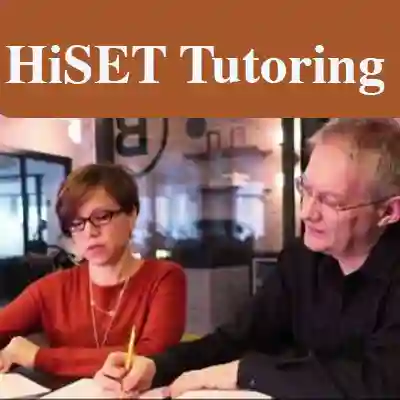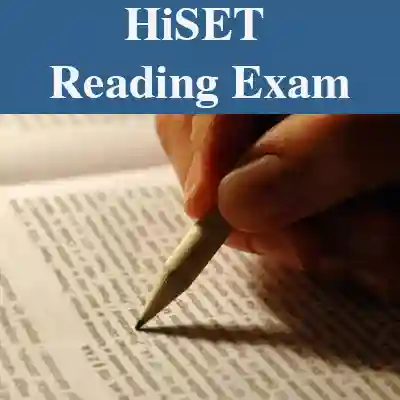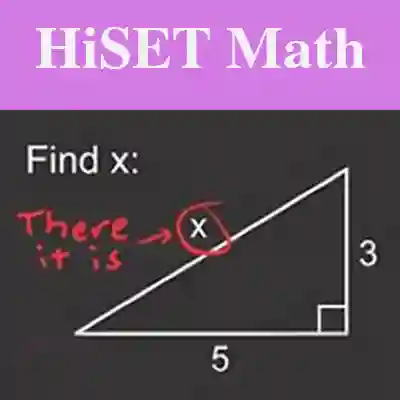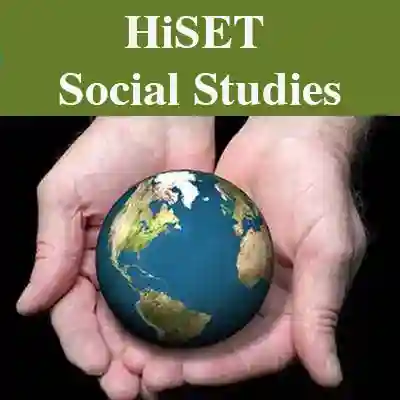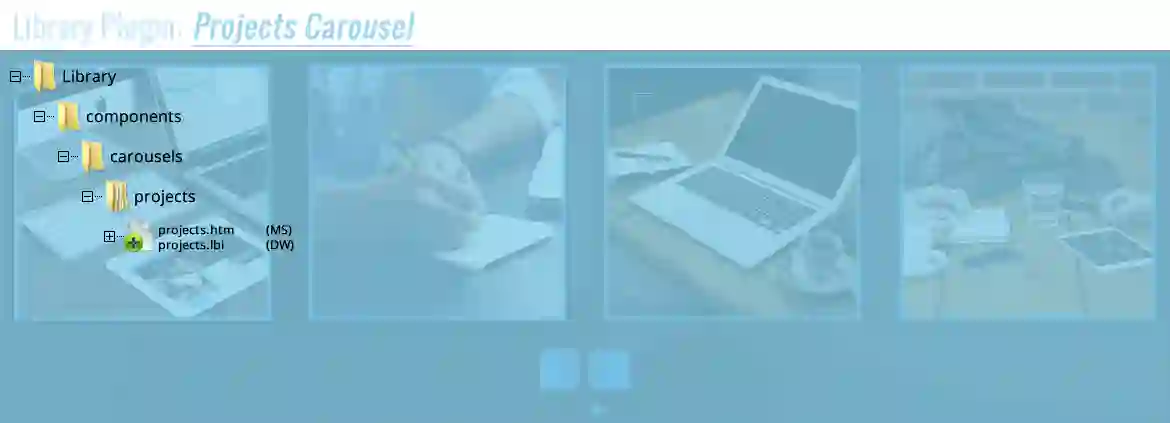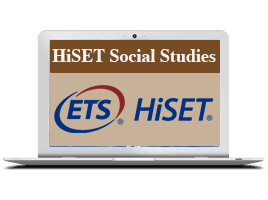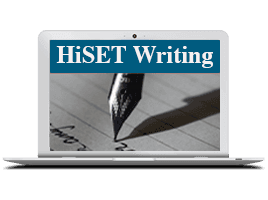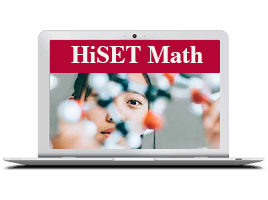About the HiSET Exam
Not having your high school diploma can seriously affect your future earning potential. Last year, the average wage for a person with a high school diploma was $35,000 per year, compared to only $25,000 for someone without one. That amounts to over $500,000 less earnings during your entire career! A high school diploma or its equivalent is also necessary for acceptance to college, so getting your diploma will help you earn more and get ahead.
The HiSET (otherwise known as the ETS High School Equivalency Test) was a standardized test released in 2014. It was created by the ITP (Iowa Testing Programs) and ETS (Educational Testing Service). Like the GED and the TASC, the HiSET is meant to help people who failed to graduate from high school and would like to earn their diploma. The HiSET is formatted to evaluate your readiness for a professional or academic environment and tell you where you excel and where you still need to improve.
The test contains 285 multiple-choice questions and one essay question. These questions are split into five sections, and you must pass all five sections to pass the HiSET. You don’t have to take each test section at once or in any particular order.




